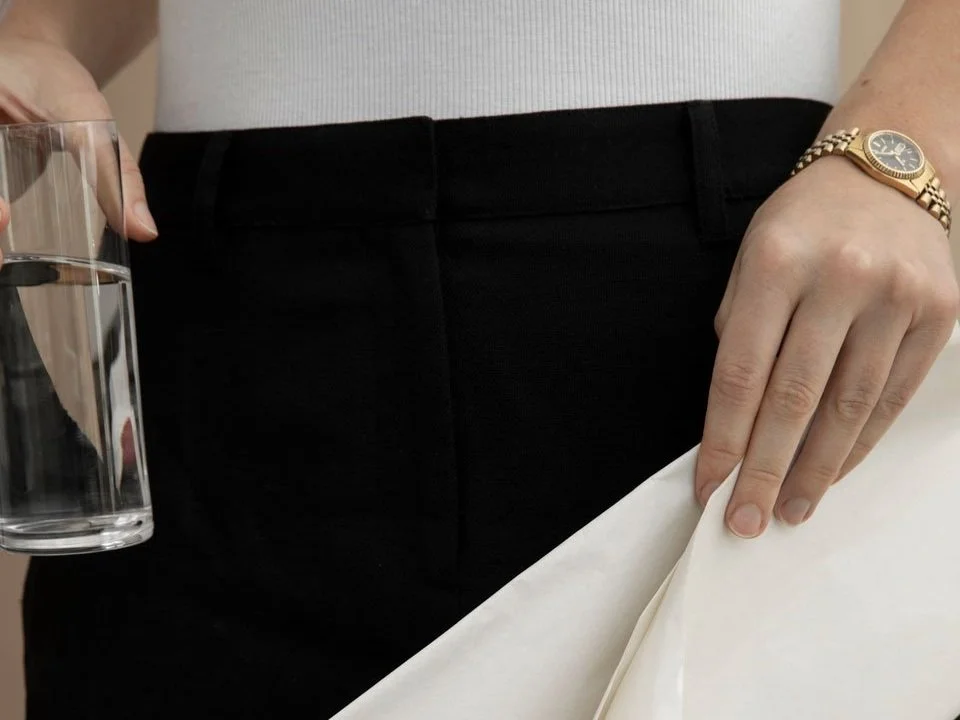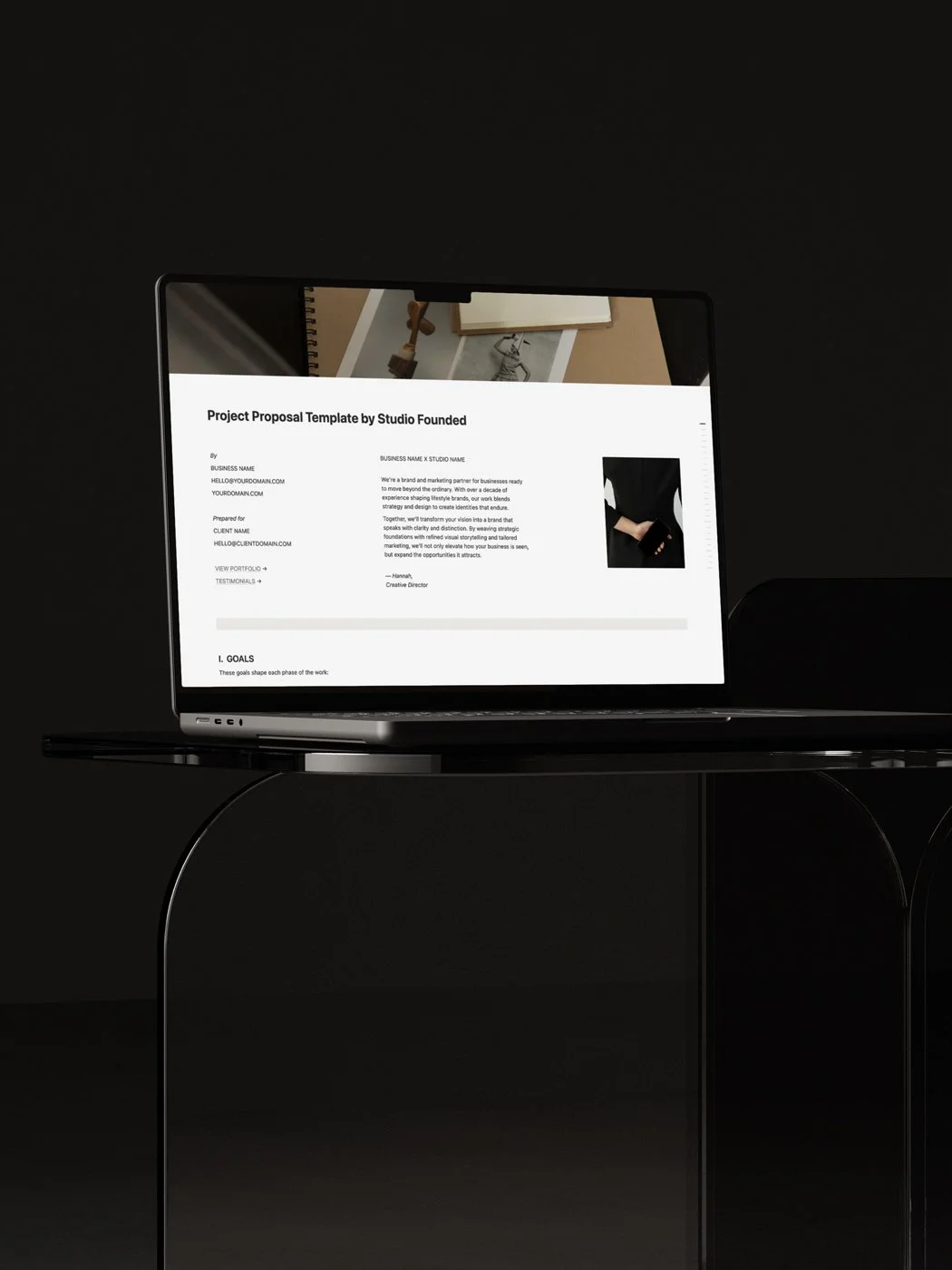First Hello to Long-Term Loyalty: Building Client Connection
You can feel the difference when a client relationship is built on real trust. Projects flow more easily. Communication feels natural. Both of you feel genuinely supported throughout. That kind of connection doesn’t require grand gestures. Just small, intentional moments that let your client know they matter.
Maybe you’ve worked with someone who still sends referrals years later. Or someone who circled back just to say how much your work helped them grow. Relationships like these are shaped by the way you show up, from the first email to the final goodbye.
In this post, we’ll explore ways to create client experiences that feel thoughtful, human, and lasting. Whether you're just starting out or looking to refine your process, these ideas will help you move beyond one-and-done projects and build something deeper — partnerships rooted in care, respect, and connection.
Why Client Connection Matters
Client work is about more than just delivering what you promised. It’s about creating an experience that feels grounded, collaborative, and personal. When your clients feel seen and supported, everything tends to run more smoothly, from timelines and feedback to the final outcome.
And when things don’t go perfectly (because sometimes they won’t), a strong connection can make all the difference. When clients trust you, they’re more likely to be understanding when things go off track, to leave heartfelt reviews, and to share your name generously.
Loyalty like this doesn’t come from surface-level interactions. It grows from thoughtful, intentional touch points that build trust over time — before, during, and after the project itself.
Follow-Up Emails: Nurturing Relationships Beyond the Project
Just because the project is complete doesn’t mean the relationship has to end. Some of the most lasting connections are built after the final file is sent, through quiet check-ins, small gestures, and simple reminders that you’re still there to support them.
Offboarding with intent
Offboarding isn’t just about closing a project. It’s a chance to leave your client feeling seen, supported, and equipped for what comes next. Instead of a standard goodbye, consider offering a few personal reflections or tailored suggestions based on where you see their growth unfolding. Is there a next step you can gently point them toward? A resource or offering that could help them deepen what you’ve built together? This kind of thoughtful close lingers longer than any formal wrap-up.
2-3 month check-in
After a little time and space, check back in. Not with a sales pitch, but a warm note asking how they’re doing, how the work is holding up, and whether there’s anything they could use a hand with now. It’s a quiet way to say, I still care. I’m still here. And it often opens the door to something new.
6-month pitch
Six months in, their world may look different. This can be a natural moment to gently remind them of how you can continue to support their growth. You might ask: What’s feeling stuck lately? What’s been changing or growing? Then offer something that meets them where they are.
The anniversary pitch
Marking the anniversary of your work together can be as simple as a short email to say thank you for trusting you and building something alongside you. It’s a small act that reminds them you haven’t forgotten, and that your door is still open.
Ongoing engagement
Connection doesn’t always need to be formal. You can stay present in quieter ways — responding to an Instagram story, sharing their work, cheering them on from afar. When you show up with genuine attention, you become someone they think of as a steady presence in their business journey.
Newsletters: An Ongoing Connection
While one-off emails hold weight, newsletters offer something different: a steady rhythm of connection. They remind your clients you’re still here, creating and caring, long after the project ends. Over time, this quiet consistency becomes part of the relationship, gently building trust and keeping your work top of mind.
If you’re not sure where to start, think of your email journey in four simple stages:
Opt-in content
The first step is to offer something meaningful in exchange for an email address. This might be a mini workbook, a strategy call, or a gentle discount — something that meets your client right where they are. It's both a thank-you and an invitation to step further into your world.
Welcome emails
Once someone subscribes, your first email sets the tone. Keep it warm and simple. Thank them for joining you, and let them know what to expect, whether that’s helpful content, behind-the-scenes updates, or thoughtful reflections. Let it unfold over a few days or weeks.
Welcome sequence
Next, a short welcome sequence helps deepen the connection. This is your space to share why you do what you do, what you care about, and how your work supports others. Spread it out gently over a few days or weeks.
Consistency
You don’t need to email every week—but you do need a rhythm that feels reliable. Set a schedule that works for you, one that allows you to show up with intention rather than obligation. Whether it's monthly, twice a season, or something in between, consistency builds trust over time. What matters most is showing up when you have something meaningful to share. A new offering, a helpful guide, or simply a quiet reflection. When your emails feel thoughtful and steady, your voice becomes one your clients look forward to hearing from.
The Art of Showing Consideration
Meaningful client relationships go beyond the work itself. It’s about making your clients feel truly seen and appreciated. Here are several ways to show them they are valued:
Personalization
The most memorable experiences are the ones that feel personal. Take time to get to know your clients and their hopes, the things they’re working through, the details they might not say out loud. When you tailor your support or suggestions to reflect who they are, it shows you’re really paying attention.
Client gifting
A well-timed gift can go a long way in making someone feel valued. It might be a small token at the end of a project or a thoughtful surprise during the holidays. Consider digital gifts too, like exclusive content or a voucher for a service that complements your own.
Thank you cards
A handwritten thank-you card adds a personal touch — simple, sincere, and deeply appreciated. Whether mailed or tucked into a delivery, this small act of gratitude reinforces the relationship and reflects the care at the heart of your work.
Referral rewards
Clients who love your work will often want to share it. A referral program is a way to thank them for their support while inviting new people to your brand. Whether it’s a discount, a small bonus, or a special perk, it’s another way of saying ‘you matter to me’ and giving back.
Concluding Thoughts
At the heart of every thriving business is a simple truth: people remember how you make them feel. When your clients feel valued, supported, and inspired, they don’t just come back, but bring others with them.
What if client connection wasn’t just a task to tick off, but something more meaningful? A way of weaving care, presence, and delight into the everyday moments of your work. When you treat each interaction as an opportunity to nurture, your business becomes a journey that’s shared.
You may also like:
Crafting a Sustainable Brand Launch Strategy
Turning Your Side Hustle into a Full-Time Business
Diversifying Your Income with Sales on Autopilot




















